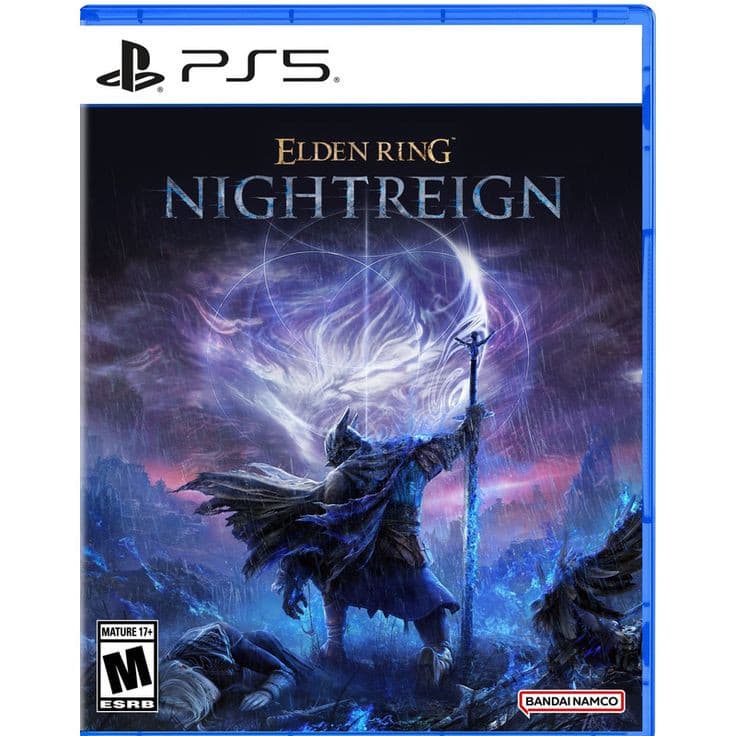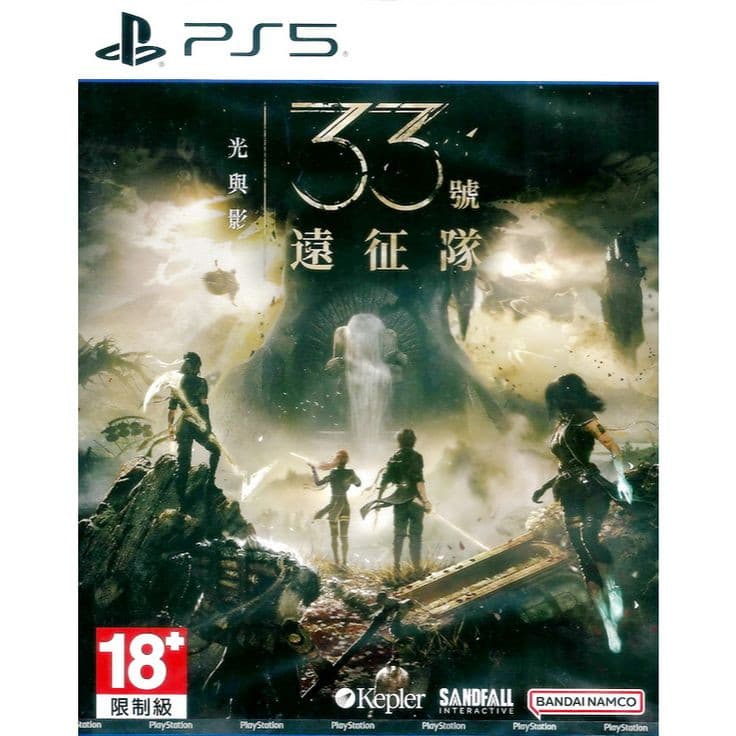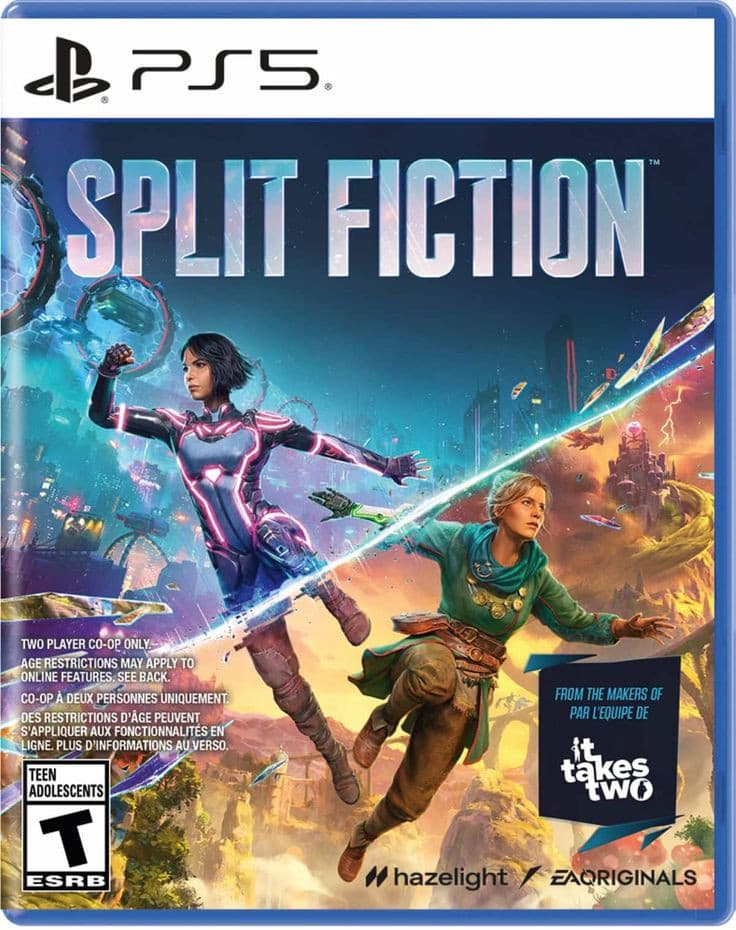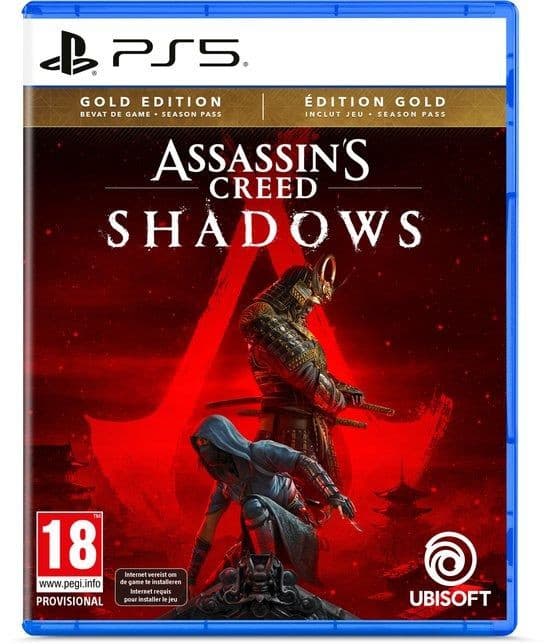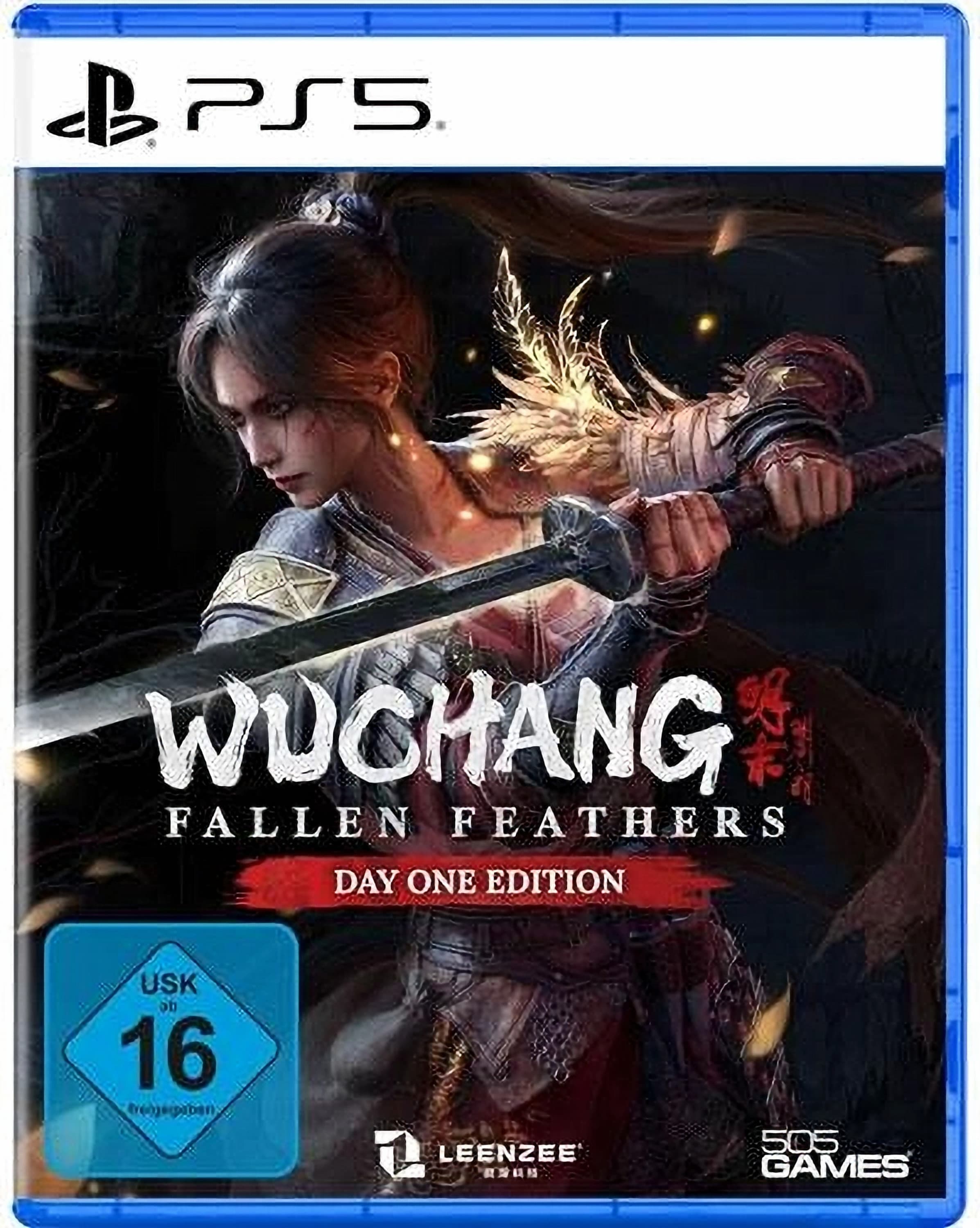

Wuchang: Fallen Feathers is a Soulslike action role-playing game.[5][6][7] It is played in single-player mode [4][8] from a third-person perspective.[7]
The player controls the female pirate Bai Wuchang.[8][9][10][11] She initially wields the longsword Cloudfrost's Edge, a weapon based on the Chinese changdao.[1] There are five weapon types, namely longswords, one-handed swords, dual blades, axes, and spears.[12] The weapons can be equipped as a primary or secondary option.[13] Each weapon can execute light attacks, heavy attacks, weapon skills, and discipline skills.[14] Weapon skills are unique to each individual weapon, while discipline skills are tied to weapon types.[12] There are several discipline skills that can be unlocked through the skill tree and assigned to any weapon within the corresponding type.[12] Defensive maneuvers include dodging, blocking, and parrying, with the latter two depending on the weapon type and its discipline skill.[15]
One of the combat mechanics is centered on Skyborn Might, which is a combat resource used to power weapon skills, discipline skills, and spells.[12] Additionally, it enables swift draws—weapon switches that instantly trigger weapon skills.[16] The resource is accrued by performing well-timed dodges (shimmers) and other means specific to weapon types.[12][14]
Another combat mechanic is centered on Madness.[15] If Wuchang kills humanoids or dies, her madness increases.[15][17] If she kills feathered beings, her madness decreases.[15][17] Once her madness reaches specific thresholds, certain skill tree upgrades become more effective.[15] Once her madness reaches 90 percent, she will both deal and take increased damage.[15][17] If she dies when her madness is at its maximum height, her Inner Demon materializes as a hostile entity in the area.[17]
The skill tree is divided in six branches, with one path for each weapon type and another path for other features.[11][12][15] The playstyle can be adjusted by reallocating skill points in the tree at no cost.[11][12][15]
A transmogrification system for the armor enables the customization of the player character's appearance independently of stats.[18][19] According to Xia Siyuan, "Armour designs are drawn from Ming Dynasty influences, regional clothing traditions, and mythological elements that tie into the world of Wuchang. Each piece is meant to reflect where it comes from — whether it’s a forgotten temple, a warrior’s clan, or a corrupted region touched by the feathering."[18]
The game follows a non-linear progression.[20][21] It takes place in a world with interconnected areas.[1][22] The traversal between areas is seamless, but some paths may initially be restricted.[1] Shrines, scattered throughout the place, act as checkpoints.[1][5] Shu Sanctum, a temple, serves as the main hub.[1] The world is populated by numerous non-player characters, who can be interacted with and may provide side quests.[23] Player choices influence the story's direction and eventual ending, with consequences that impact both the world and its inhabitants.[24] This includes choices during the main story, side quests, and non-player character interactions.[15] The game features a New Game Plus mode.[12]
Secure Payment
100% secure payment
Easy Returns
30 day return policy
Wuchang: Fallen Feathers is a Soulslike action role-playing game.[5][6][7] It is played in single-player mode [4][8] from a third-person perspective.[7]
The player controls the female pirate Bai Wuchang.[8][9][10][11] She initially wields the longsword Cloudfrost's Edge, a weapon based on the Chinese changdao.[1] There are five weapon types, namely longswords, one-handed swords, dual blades, axes, and spears.[12] The weapons can be equipped as a primary or secondary option.[13] Each weapon can execute light attacks, heavy attacks, weapon skills, and discipline skills.[14] Weapon skills are unique to each individual weapon, while discipline skills are tied to weapon types.[12] There are several discipline skills that can be unlocked through the skill tree and assigned to any weapon within the corresponding type.[12] Defensive maneuvers include dodging, blocking, and parrying, with the latter two depending on the weapon type and its discipline skill.[15]
One of the combat mechanics is centered on Skyborn Might, which is a combat resource used to power weapon skills, discipline skills, and spells.[12] Additionally, it enables swift draws—weapon switches that instantly trigger weapon skills.[16] The resource is accrued by performing well-timed dodges (shimmers) and other means specific to weapon types.[12][14]
Another combat mechanic is centered on Madness.[15] If Wuchang kills humanoids or dies, her madness increases.[15][17] If she kills feathered beings, her madness decreases.[15][17] Once her madness reaches specific thresholds, certain skill tree upgrades become more effective.[15] Once her madness reaches 90 percent, she will both deal and take increased damage.[15][17] If she dies when her madness is at its maximum height, her Inner Demon materializes as a hostile entity in the area.[17]
The skill tree is divided in six branches, with one path for each weapon type and another path for other features.[11][12][15] The playstyle can be adjusted by reallocating skill points in the tree at no cost.[11][12][15]
A transmogrification system for the armor enables the customization of the player character's appearance independently of stats.[18][19] According to Xia Siyuan, "Armour designs are drawn from Ming Dynasty influences, regional clothing traditions, and mythological elements that tie into the world of Wuchang. Each piece is meant to reflect where it comes from — whether it’s a forgotten temple, a warrior’s clan, or a corrupted region touched by the feathering."[18]
The game follows a non-linear progression.[20][21] It takes place in a world with interconnected areas.[1][22] The traversal between areas is seamless, but some paths may initially be restricted.[1] Shrines, scattered throughout the place, act as checkpoints.[1][5] Shu Sanctum, a temple, serves as the main hub.[1] The world is populated by numerous non-player characters, who can be interacted with and may provide side quests.[23] Player choices influence the story's direction and eventual ending, with consequences that impact both the world and its inhabitants.[24] This includes choices during the main story, side quests, and non-player character interactions.[15] The game features a New Game Plus mode.[12]
